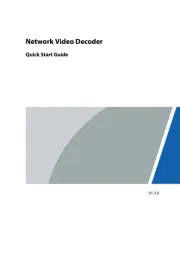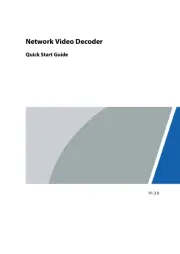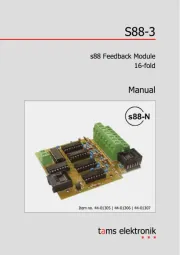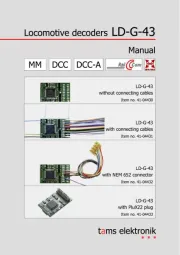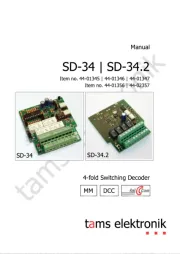Märklin 60979 Manual
Læs gratis den danske manual til Märklin 60979 (52 sider) i kategorien Digital dekoder. Denne vejledning er vurderet som hjælpsom af 18 personer og har en gennemsnitlig bedømmelse på 3.6 stjerner ud af 9.5 anmeldelser.
Har du et spørgsmål om Märklin 60979, eller vil du spørge andre brugere om produktet?

Produkt Specifikationer
| Mærke: | Märklin |
| Kategori: | Digital dekoder |
| Model: | 60979 |
| Type: | Model Railways Parts & Accessories |
| Bredde: | - mm |
| Dybde: | - mm |
| Højde: | - mm |
| Vægt: | HO (1:87) |
| Produkttype: | Lydmodul |
| Anbefalet alder (min.): | 15 År |
| Mærke kompatibilitet: | Märklin |
| Foreslået køn: | Dreng/Pige |
Har du brug for hjælp?
Hvis du har brug for hjælp til Märklin 60979 stil et spørgsmål nedenfor, og andre brugere vil svare dig
Digital dekoder Märklin Manualer
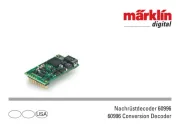









Digital dekoder Manualer
- AXIL
- Kathrein
- AVerMedia
- AMX
- Ferguson
- Laser
- Megasat
- Hikvision
- Eminent
- ACTi
- Thomson
- Marmitek
- Matrox
- Fagor
- Extron
Nyeste Digital dekoder Manualer




